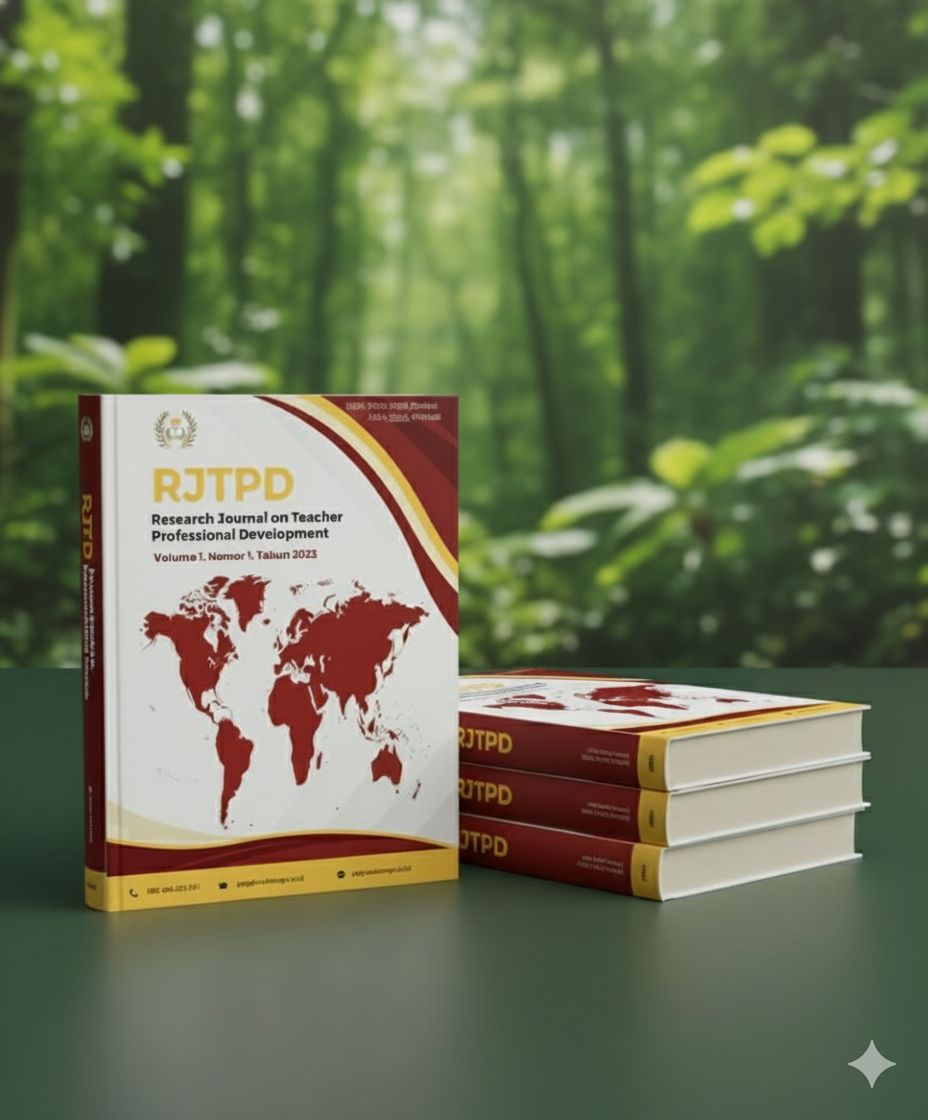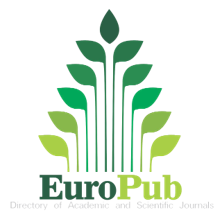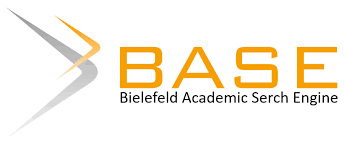Improving Student Learning Outcomes Using the Index Card Match Method in Asmaul Husna Materials in Elementary School
DOI:
https://doi.org/10.21580/rjtpd.v3i01.24938Abstract
This Classroom Action Research (PTK) aims to improve the learning outcomes of grade II students of SD Negeri Wringinjajar 1 in the subject of Islamic Religious Education in Asmaul Husna material through the application of the Problem Based Learning (PBL) model and the Index Card Match method. The research was carried out in two cycles with the research subject of grade II A students for the 2024/2025 academic year. Based on the results of the study, there was a significant increase in the aspects of readiness, attention, activeness, and completeness of students' learning. The average value of learning outcomes increased from pre-cycle by 53.33% to 66.67% in cycle I and 76.67% in cycle II. In addition, the use of Asmaul Husna card media also supports student understanding, where the average score increased from 63 (pre-cycle) to 72.5% in cycle I and 79.67% in cycle II, accompanied by an increase in learning completeness from 46.67% to 73.33%, then 93.33%. The conclusion of this study shows that the combination of the PBL model and the Index Card Match method is effective in improving student learning outcomes, both qualitatively and quantitatively, so that it is suitable for application in PAIBP learning, especially in Asmaul Husna material.
Downloads
References
Anisa, S., & Marliana, N. (2019). Application of the Index Card Match Method in Thematic Learning. Scientific Journal of Elementary Schools, 3(2), 145–154. https://doi.org/10.23887/jisd.v3i2.18123
Arikunto, S. (2014). Classroom Action Research. Jakarta: Rineka Cipta.
Ayuningtyas, R., Rimaddhaty, A., & Sulaiman, A. (2023). The Use of Visual Media in Increasing Students' Interest and Learning Outcomes. Journal of Educational Innovation, 7(3), 201–212.
Creswell, J. W. (2014). Research Design: Qualitative, Quantitative, and Mixed Methods Approaches (4th ed.). Thousand Oaks: Sage Publications.
Hariwirawan, I. (2020). Learning Psychology: Theory and Its Application in Education. Jakarta: Bumi Aksara.
Ministry of Education and Culture; Ministry of Education, Culture, Research, and Technology. (2022). Regulation of the Minister of Education, Culture, Research, and Technology Number 16 of 2022 concerning Process Standards in Early Childhood Education, Primary Education, and Secondary Education.
Ministry of Education and Culture. (2022). Guidelines for the Implementation of the Independent Curriculum. Jakarta: Ministry of Education and Culture.
Ministry of National Education. (2003). Law of the Republic of Indonesia Number 20 of 2003 concerning the National Education System. Jakarta.
Kemmis, S., & McTaggart, R. (1988). The Action Research Planner (3rd ed.). Geelong: Deakin University Press.
Marliana, N., & Anisa, S. (2019). The Effectiveness of the Index Card Match Method in Improving Student Learning Outcomes. Journal of Educational Research, 17(2), 123–132.
Rimaddhaty, A., & Sulaiman, A. (2023). Factors Affecting Student Learning Outcomes in Mathematics Subjects. Journal of Education and Socio-Culture, 5(1), 45–56.
Setyowati, R., & Widana, I. W. (2022). PAI Learning Innovation in Elementary Schools: A Case Study at SDN Wringinjajar 1 Mranggen. Journal of Islamic Religious Education , 10(1), 78–90.
Sudjana, N. (2011). Assessment of the Results of the Teaching and Learning Process. Bandung: Remaja Rosdakarya.
Suharjono. (2008). Classroom Action Research: Theory and Practice. Surabaya: Unesa University Press.
Suparno, P. (2013). Constructivist Theory in Physics Learning. Yogyakarta: Sanata Dharma University Press.
Susanto, A. (2015). Theory of Learning and Learning in Teaching. Jakarta: Prenadamedia Group.
Wiriatmadja, S. (2007). Classroom Action Research Method. Bandung: Alfabeta.
Downloads
Published
Issue
Section
License
Copyright (c) 2025 Eti Eta Susana

This work is licensed under a Creative Commons Attribution-NonCommercial-ShareAlike 4.0 International License.
The copyright of the received article shall be assigned to the journal as the publisher of the journal. The intended copyright includes the right to publish the article in various forms (including reprints). The journal maintains the publishing rights to the published articles. Authors are allowed to use their articles for any legal purposes deemed necessary without written permission from the journal with an acknowledgment of initial publication to this journal.
















